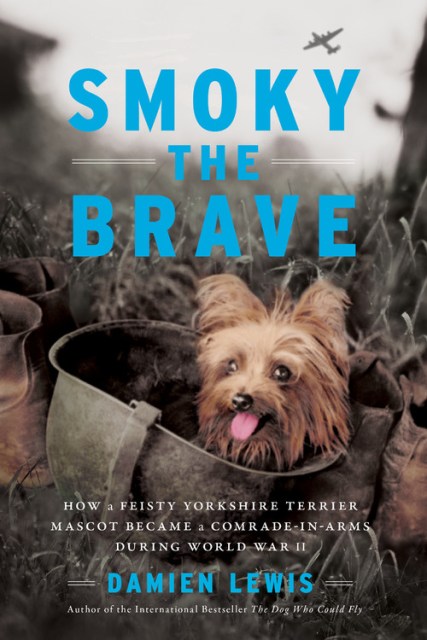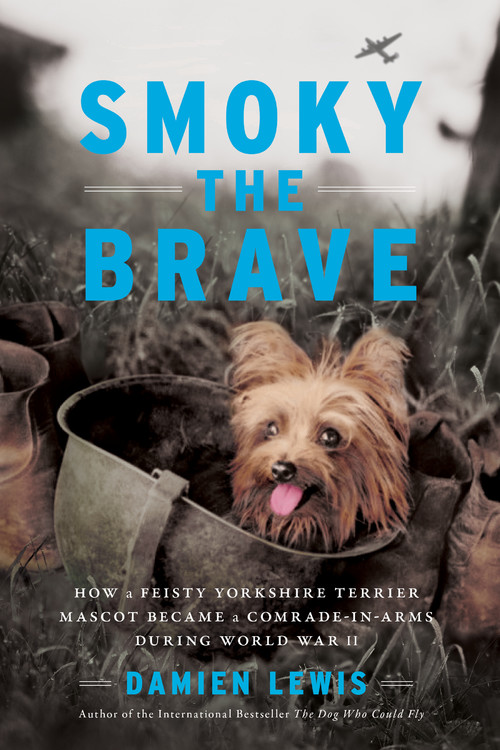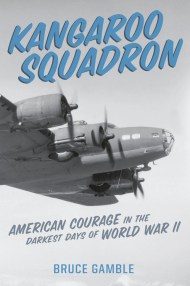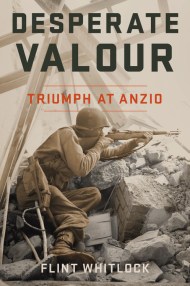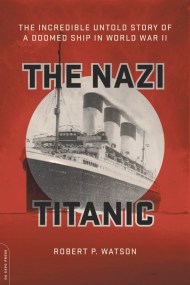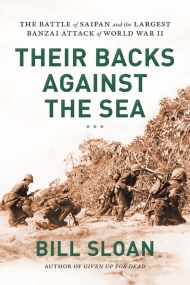Promotion
Use code BEST25 for 25% off storewide. Make sure to order by 11:59am, 12/12 for holiday delivery!
By clicking “Accept,” you agree to the use of cookies and similar technologies on your device as set forth in our Cookie Policy and our Privacy Policy. Please note that certain cookies are essential for this website to function properly and do not require user consent to be deployed.
Smoky the Brave
How a Feisty Yorkshire Terrier Mascot Became a Comrade-in-Arms during World War II
Contributors
By Damien Lewis
Formats and Prices
- On Sale
- Dec 4, 2018
- Page Count
- 320 pages
- Publisher
- Da Capo
- ISBN-13
- 9780306922541
Price
$38.00Format
Format:
Hardcover $38.00This item is a preorder. Your payment method will be charged immediately, and the product is expected to ship on or around December 4, 2018. This date is subject to change due to shipping delays beyond our control.
Buy from Other Retailers:
In February 1944, as Japanese military advances threatened to overwhelm New Guinea, a tiny, four-pound Yorkshire Terrier was discovered hiding in the island’s thick jungles. A total mystery as to her origins, she was adopted by US Army Air Force Corporal William “Bill” Wynne, an air-crewman in a photo reconnaissance squadron, becoming an irreplaceable lucky charm for the unit. When Smoky saved Wynne’s life by barking a warning of an incoming kamikaze attack, he nicknamed her the “angel from a foxhole.”
Smoky’s exploits continued when she jumped for the unit in a specially designed parachute and famously joined the aircrews flying daring sorties in the war-torn skies. But her most heroic feat was running a cable through a seventy-foot pipe no wider than four inches in places to enable critical communication lines to be run across an airbase which had just been seized from the enemy, saving hundreds of ground-crew from being exposed to enemy bombing.
In recognition of her efforts, Smoky was awarded eight battle stars. Smoky the Brave brings to vivid life the danger and excitement of the many missions of World War II’s smallest hero.
-
"A heart warming and uplifting story of tiny paws and stupendous bravery"--Bear Grylls
-
"Thoughtful...A welcome perspective on life in the Pacific Theater."Booklist
-
"A well-researched biography in the war dog genre."Library Journal
-
"How a plucky pooch helped with the war effort."Washington Times
-
"How a tiny Yorkshire terrier became a WWII hero."New York Post
Newsletter Signup
By clicking ‘Sign Up,’ I acknowledge that I have read and agree to Hachette Book Group’s Privacy Policy and Terms of Use
